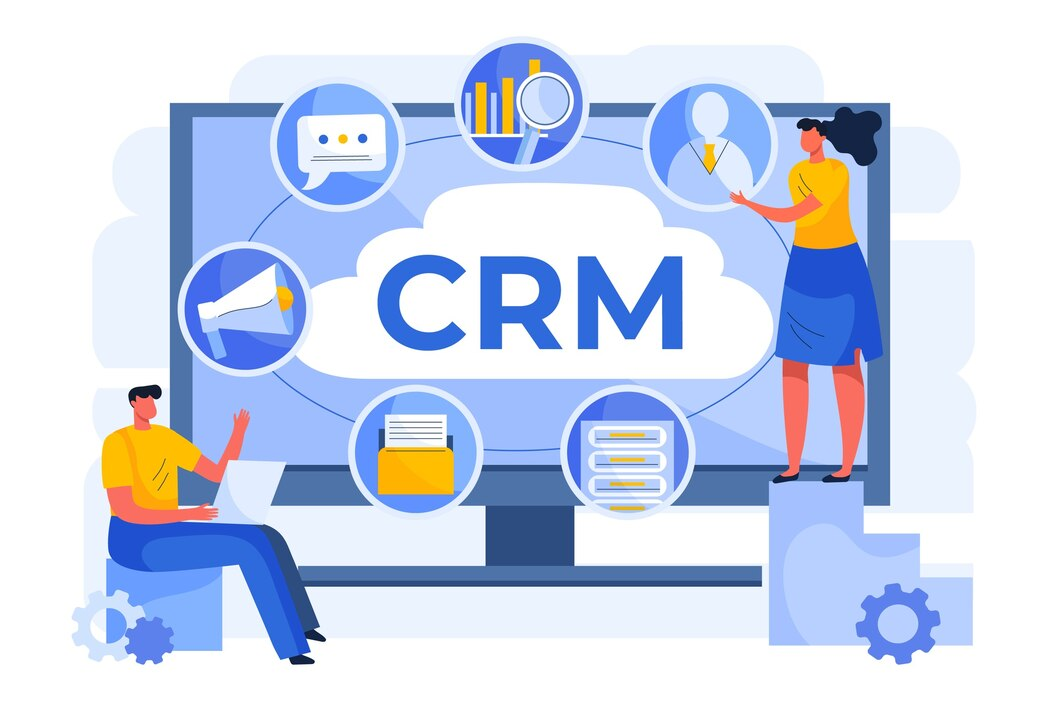How to Build a CRM System from Scratch in 2024
ByJulian Gette
Workast publisher

Workast publisher
The fastest growing software offering on the market today is with CRM system. Over 91% of companies with more than 11 employees were the target users for Gitnux, per the Market Data Report published by Gitnux in 2024. Even though the system is needed for almost everyone to close more sales faster, get more leads and manage client data effectively.
In simple words, CRM (Customer Relationship Management) captures your sales transactions, records customer contacts and facilitates the Job Analysis of specific departments to improve performance. Read on to find out how to build a CRM system from scratch.
For organizations, creating a unique CRM from scratch that combines technology and customer support is revolutionary.
Let's examine how to build a CRM from scratch that will alter your approach to client management so that it aligns with the services offered by custom CRM development services.
To learn how to build CRM, your first step is to create user interface wireframes and mockups. These are the preliminary versions that will assist you in creating straightforward forms for data entry and display, as well as easy navigation.
Fill it with your brand font and color. You should then run your design by consumers who will use it in the future to improve it. This step is necessary to make your interface easy to use and understand.
After putting this groundwork in place, you are building a rock that your CRM system should work and make life easier for its users.
Additionally, you must begin with a reliable data management system. This involves putting in place mechanisms for obtaining, updating, and storing your customer data. The business rules, procedures, and automated jobs that will operate in the background of your CRM must be set up.
Make sure the data in your CRM can sync, be updated in real-time, and be verified as accurate. Make sure your database can manage the volume of data you have, operate swiftly, and expand with your company. Remember to test everything on the back end to make sure it functions consistently, is stable, and pleases your users.
Use the most recent web development frameworks to ensure your web-based CRM is sales ready with a modern user-experience approach. Ensure that your design is adapts well to different screen sizes and experiences equally as good a user experience on any devices. Create User Interactions to keep the users engaged.
And last but not least by any means, test it before you launch to make sure that it works in all web browsers. Following these steps, you can create a user-friendly, bug-free & beautiful front end.
It's also essential to put together the best team you can and select the CRM software platform (like Zoho CRM, HubSpot CRM, or another) that best meets your business's needs. If your CRM is a premium plan, you should expect it to work flawlessly with any other systems you may have and offer features like call options, live chat, and marketing automation tools that will help your business.
This is the last and very important stage in building a CRM from scratch. Integrating your web-based CRM's front-end and back-end is essential at this point to ensure seamless functionality. Extensive testing is necessary to ensure that every feature and interaction functions as intended. To swiftly resolve any issues, you should have strong error handling and debugging techniques in place.
You must also properly check all of your data to maintain consistency and accuracy. Remember to evaluate the system's functionality and capacity to manage increasing user or data volumes and sophisticated features. Providing the appropriate information to the right people at the right time guarantees that your CRM will function flawlessly when utilized in the real world.
This is the minimum number of steps you need to know to answer the question: “How to create a CRM from scratch?”
If your company is growing quickly and you find that the typical solutions aren't meeting your demands, you can build a bespoke building CRM from scratch. CRM system will automate several repetitive tasks and give all the features required for effective company growth, which will lower costs and raise revenue targets.
While many businesses have found success with off-the-shelf solutions to address certain problems, a customized CRM system is capable of much more. To build CRM from scratch, increase sales, enhance customer relations, and streamline workflow, you should get in touch with a professional development firm.

